best foot doc
Displaying items by tag: best foot doc
My Heel is Sore All the Time!
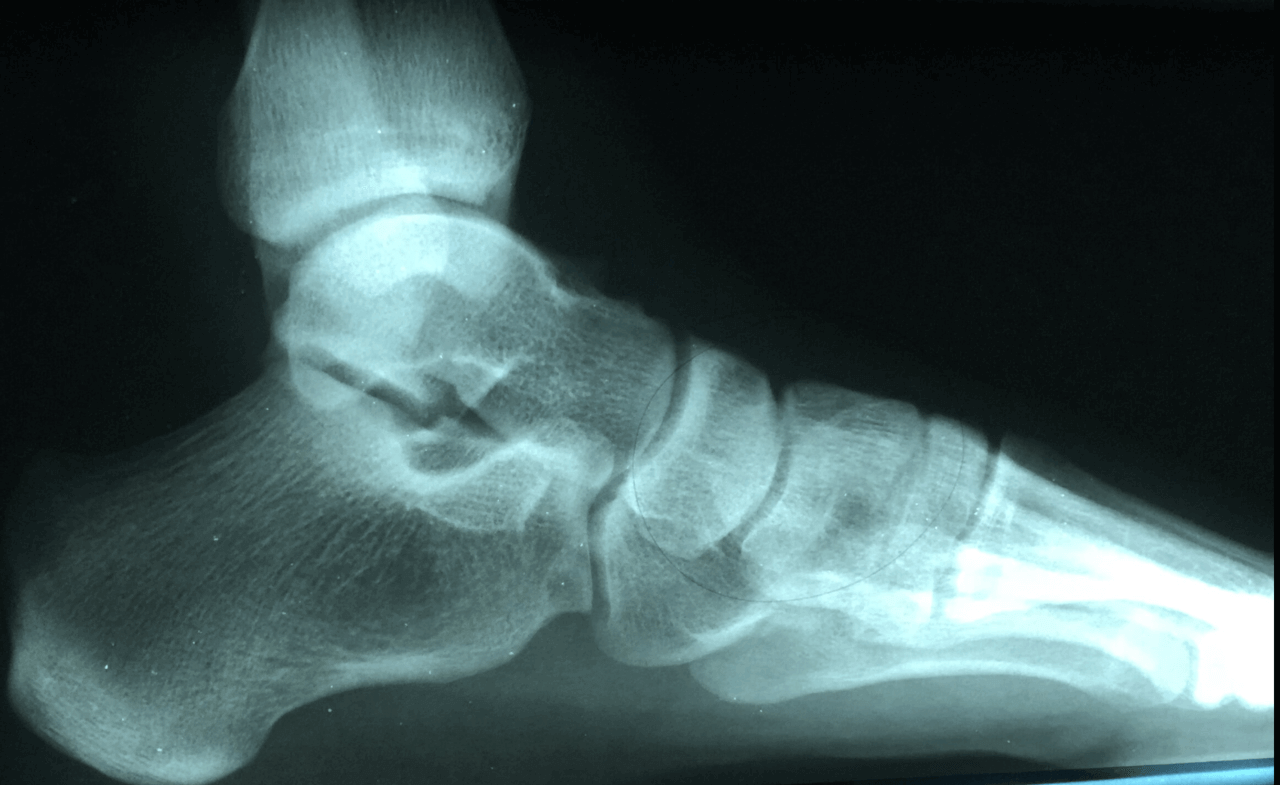
Heel pain continues to be the most common reason a person visits the foot and ankle doctor or podiatrist. For us it constitutes about 1 out of every 4 patients and is one of the most important things we treat. We specialize in heel pain and have seen tens of thousands of patients for it. Our success rate with conservative measures to get rid of heel pain is close to 99%, very few people require surgical intervention.
Plantar fasciitis continues to be the number one cause of heel pain. Most people will get pain first things when they get out of bed in the morning or after standing for long periods. It is common for some with fasciitis to not have morning pain. There also is a correlation with a new exercise program and the development of plantar fasciitis. I always recommend getting in early to see us as it is much easier to treat early on.
Bursitis is another very common cause of heel pain. We often see this in a high arched foot or a runner. Patients will have symptoms like plantar fasciitis but usually on ultrasound we can see the bursal sack. Bursitis usually responds very well to the treatment program we provide and very few people need to sideline their activities.
Nerve entrapments can also create heel pain. This is usually a nerve called Baxter’s nerve. Most people will experience a lot of burning and tingling with this condition. However, this can be a tricky diagnosis and may require special testing. This condition can respond well to a steroid injection adjacent to the nerve.
If you are experiencing heel pain we are here to help give us a call at 425-391-8666 or make an appointment online today.
Dr Timothy Young Talks About Tight Calves and Foot Problems, Part 2
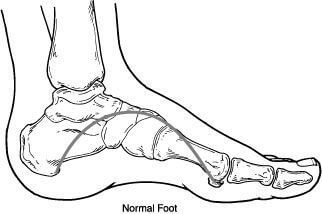
Tight calves and Achilles are a major factor in many foot problems. That is why we use a night splint and calf stretching is helpful for many problems. Problems in the front of the foot like 2nd toe capsulitis metatarsalgia often respond well to calf stretching. We have discussed how during gait, early heel rising and transfer of weight to the front of the foot can increase the load and weight transfer to the forefoot (and midfoot). This early transfer of weight and mechanical load can be destructive.
With our example of capsulitis of the 2nd toe, we now have an extra load going through the 2nd metatarsal and toe joint. Eventually the extra load can strain the 2nd metatarsal and capsule. This can lead to capsulitis or even a stress fracture of the metatarsal. So, to help with this, we have our patients stretch their calf and use a night splint. We avoid shoes that further put more pressure on the front of the foot (like high heeled shoes). We even recommend shoes with zero heel drop, like Altra shoes. This is just one example of how equinus can factor into a foot problem, there are so many more examples where this happens. So, this is just the “tip of the iceberg” as a major factor in many foot problems and pathology. Keeping your calf stretched out is one of the single best exercises you can do to keep your feet healthy!
If you are experiencing foot or ankle pain, give us a call today at 425-391-8666 or make an appointment online.
Dr. Timothy Young, A Board Certified Bunion Surgery Expert Talks About Avoiding Post-op Infections
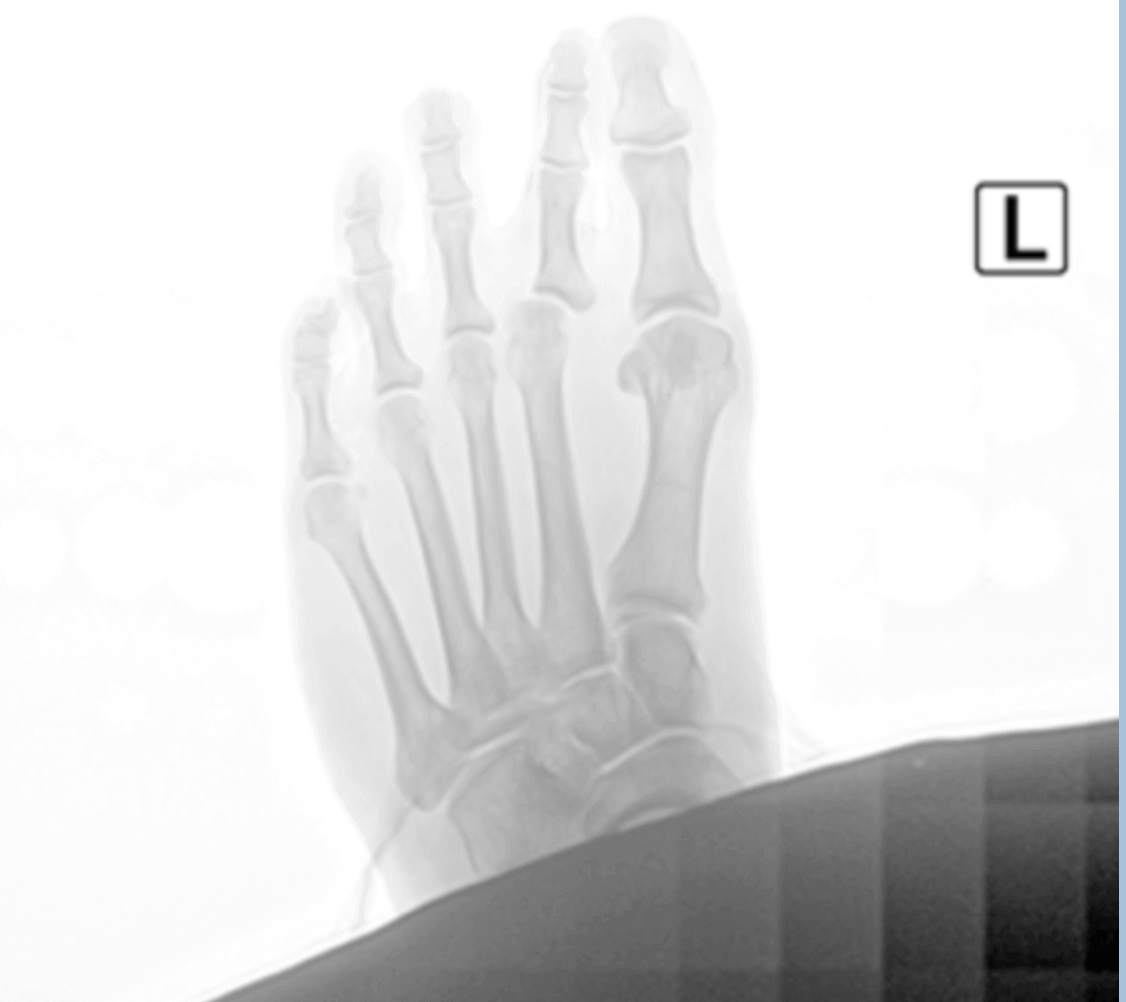
Complications from foot surgery are not common and many of them can be avoided with careful planning and following your doctor’s recommendations. Keeping your foot dry after surgery and until after your sutures are removed is recommended. During the first few days after surgery the incision site will still create a pathway for bacteria to get into the deeper tissue layers.
Sutures also penetrate a deeper layer and if they get wet or are contaminated they could create a direct pathway for bacteria to travel deep and cause an infection. We do not recommend allowing the incision site to get wet with bathing until after sutures are removed. Use a special cast protector for bathing and make sure that it is on correctly. A garbage bag with rubber bands may leak and fill with water-not good! Follow your doctor’s advice on wound care. At our clinic, after surgery we change our patient's dressings at our clinic to make sure it is done using sterile technique, for example a postop infection is certainly going to be more of a risk if you have an open wound or one that still has sutures and you get your foot wet such as bathing.
If you have questions about bunion surgery, and would like a consultation please let us know.
Give us a call today at 425-391-8666 or make an appointment online.
Dr. Timothy Young Talks About Prescriptions and Post Procedure Pain Medication
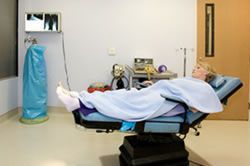
Make sure to get your prescriptions well before bunion surgery, so that they are filled, and you are ready to go. Make sure that you have everything that you need. This can range from narcotic pain medication to something to help for nausea that often accompanies the narcotic pain medication and then you might need antibiotics. If you have antibiotic's we do recommend that you take a probiotic also.
Regarding narcotic pain medication and bunion pain relief, it’s a good idea to consider promethazine or even Benadryl. Nausea with narcotics is common and it is best to have a plan to make sure that you can address nausea or be proactive, so it never happens! Medications such as promethazine and can help with nausea. Promethazine can also make a narcotic medication more effective at pain control. Promethazine can cause respiratory depression and it is important to follow your medical advice. We have lowered our dose of Promethazine from 25mg to 12.5 mg to help address concerns with respiratory depression. There are other medications such as Zofran that also help with nausea. Zofran is great because there is an "under the tounge" form that is great if you are already nauseated and cannot keep food down. That beats a suppository! Be aware that many people who take any kind of narcotic such as Vicodin or Percocet often get nausea. You should take promethazine with food and wait 10 or 15 minutes before you take your narcotic pain medication. It can be easy to lose track of what medications that you have taken and when you have taken them. It’s a good idea to keep a medication log so you can keep track of the pain medication also and make sure that you’re taking them on time with the correct schedule.
If you have questions about hallux valgus bunion surgery or bunion correction, please let us know if you would like a consultation. Give us a call today at 425-391-8666 or make an appointment online.
Dr. Brandon Nelson Discusses Other Causes of Heel Pain
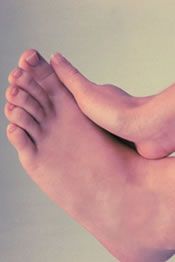
One of the most common patient complaints to a foot and ankle physician is heel pain. It is important for patients to understand there are many other causes of heel pain and we will review some of those today. A short list of these would include lumbosacral radiculopathy, plantar fascial rupture, tarsal tunnel syndrome, Baxter’s nerve entrapment and fat pad atrophy.
Lumbosacral radiculopathy:
The most common cause of back pain leading to heel pain is nerve entrapment around L4-S1 vertebral level. Most patients will have a history of back pain or heel pain that manifests. It is important to consider an MRI of back for this or any EMG NCV which are nerve conduction studies. Often times physical therapy for nerve medication can help control the symptoms.
Plantar fascial rupture:
Ruptures of the plantar fascia are relatively uncommon, but can occur for patients that have had ongoing heel pain. The majority of patients that we see rupture their fascia have had some sort of high impact activity like football players or long distance runners. Diagnosis of the rupture often includes an MRI treatment can depend on the varying degree of the rupture in the site of the rupture. There many options for plantar fascial rupture including repair.
Tarsal tunnel syndrome:
Tarsal tunnel syndrome is a nerve entrapment that is similar to carpal tunnel. Usually involves the posterior tibial nerve and branches that wrap around the heel. Many patients will describe burning or tingling in predispositions, this include patients with diabetes or a flatfoot. Often times an MRI or nerve conduction study is needed to verify this. Treatment often can require steroid injections or decompression of the nerve.
Baxter’s nerve entrapment:
This is a common condition that a lot of physicians will not recognize as this is a tough diagnosis. This can be undiagnosed or underdiagnosed relatively easily. This often times can be confused a tarsal tunnel syndrome as well. One of the key diagnostic indicators for this is inability to move your fifth digit. Again often times advanced imaging is utilized and a steroid injection and sometimes decompression the nerve is required.
Fat pad atrophy:
Fat pad atrophy is typically seen in older or obese patients. The majority us have a nice cushion on the bottom of the heel to help with shock and provide support. Often times there are thinning in other areas of the foot that can be identified help clue physicians in. This usually can be solid with a prescription orthotic and a rocker-bottom soft tissue.
If you have heel pain, call Issaquah Foot and Ankle Specialists today at 425-391-8666 or make an appointment online.
Dr. Brandon Nelson Discusses Treating Bunions Without Surgery
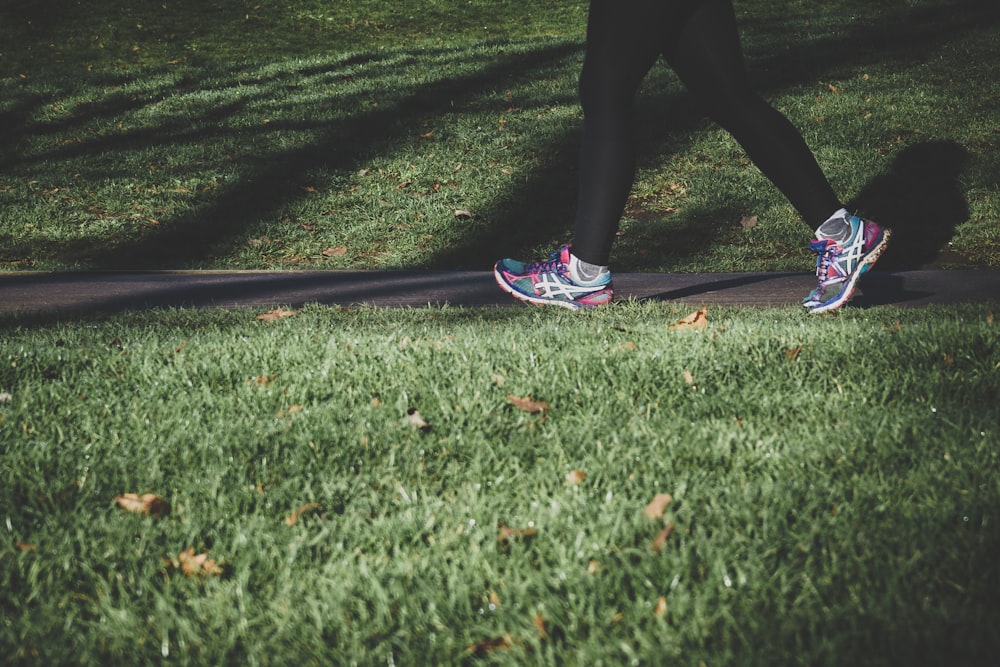
Treating bunions without surgery can be fairly challenging for patients that currently have pain or difficulty fitting shoe gear. Bunions or bone deformity can be inherited from your mom or dad. It is not uncommon for bunions to begin early in adolescence and continuing to develop into adulthood. Patients are often interested in conservative measures that are available to help with bunion pain. It is important to note that there are no conservative measures that are going to fix your bunion deformity.
Quite a few patients come in with all sorts of strapping devices and splinting devices from the Internet. None of these tools fixture bunion or change the shape of your bunion as this deformity is a malalignment of a joint and bone. However, it should be noted that we have many options for people that are having bunion pain and do not want to have surgery performed. The most important issues to address are the mechanical instability and the joint pain. Often times stabilize the foot structure can significantly helped slow the deformity and reduce the pain. There are many options for the arthritic joint that can provide long-term relief. In office evaluation and x-ray are central to recognizing what type of bunion is developing how to best rectify the pain. At Issaquah Foot and Ankle Specialists we have seen thousands of bunions and have many different options available to save the patient’s lifestyle. Please give us a call at 425-391-8666 or make an appointment online if you have bunion pain.
- bunion
- bunion pain
- bunion no surgery
- bunion treatment
- bunion doctor issaquah
- bunion doctor bellevue
- bunion doctor seattle
- bunion doctor mercer island
- bunion specialist
- bunion specialist issaquah
- bunion specialist bellevue
- dr brandon nelson
- dr timothy young
- issaquah podiatrist
- issaquah foot and ankle specialists
- best foot doc



